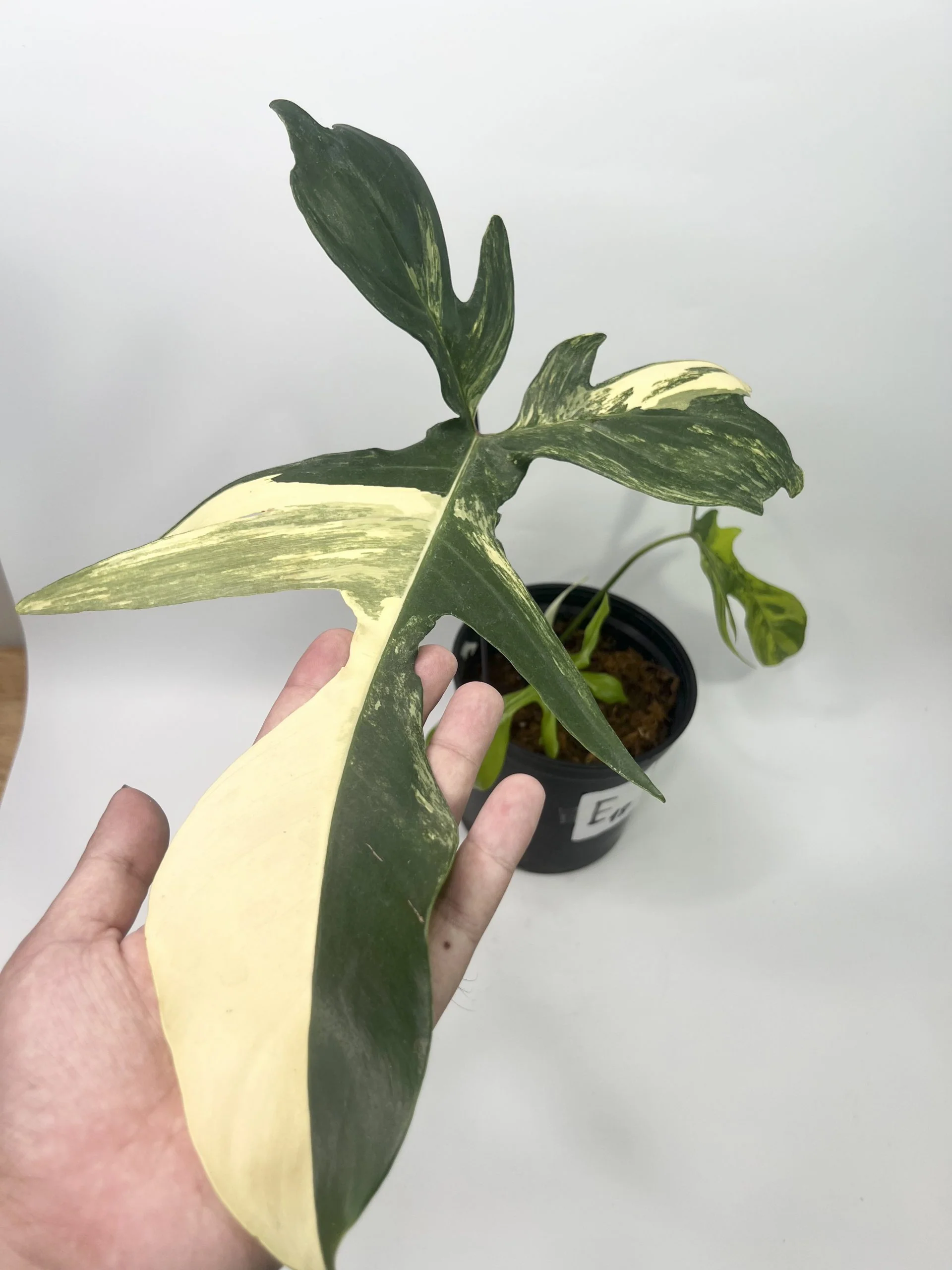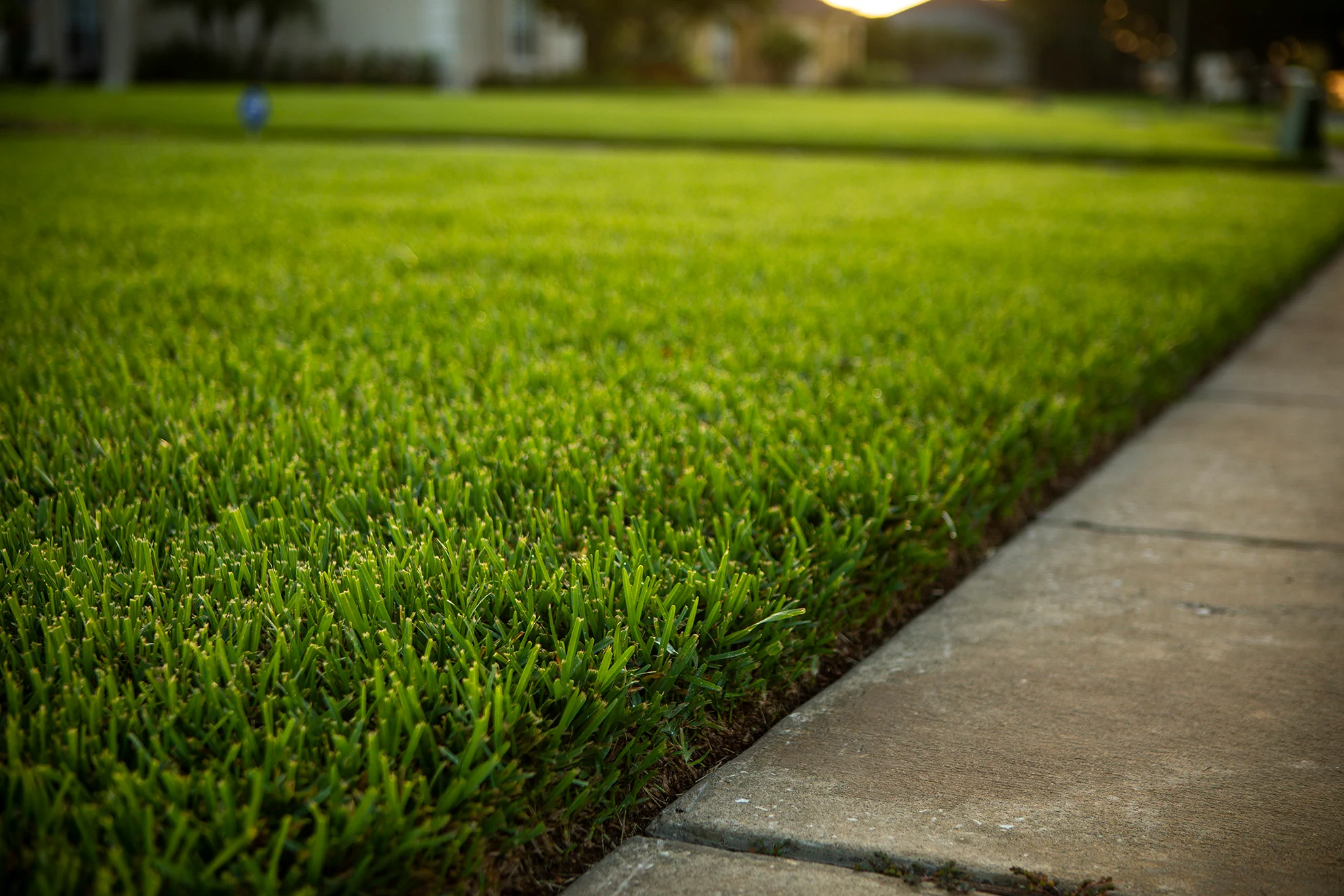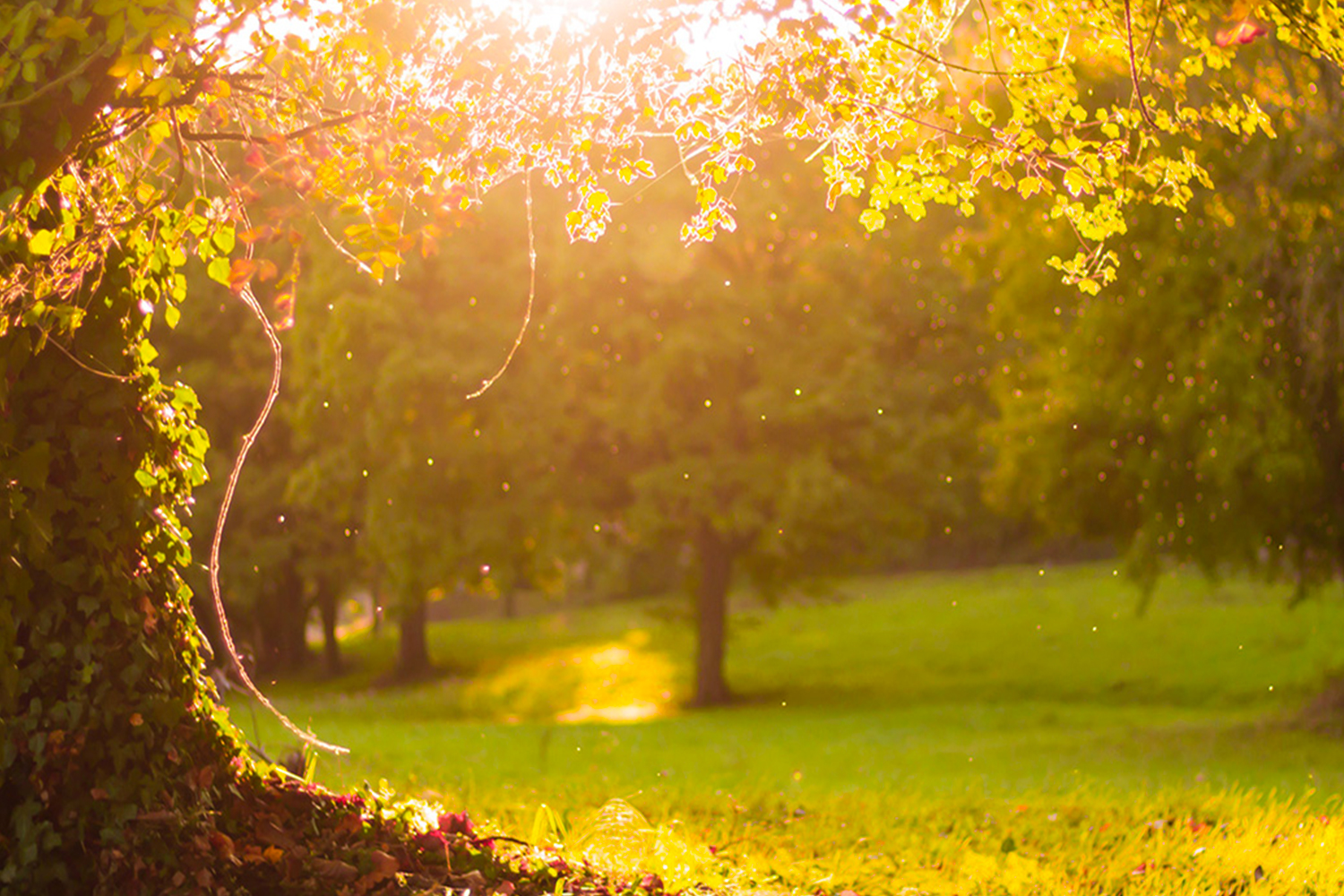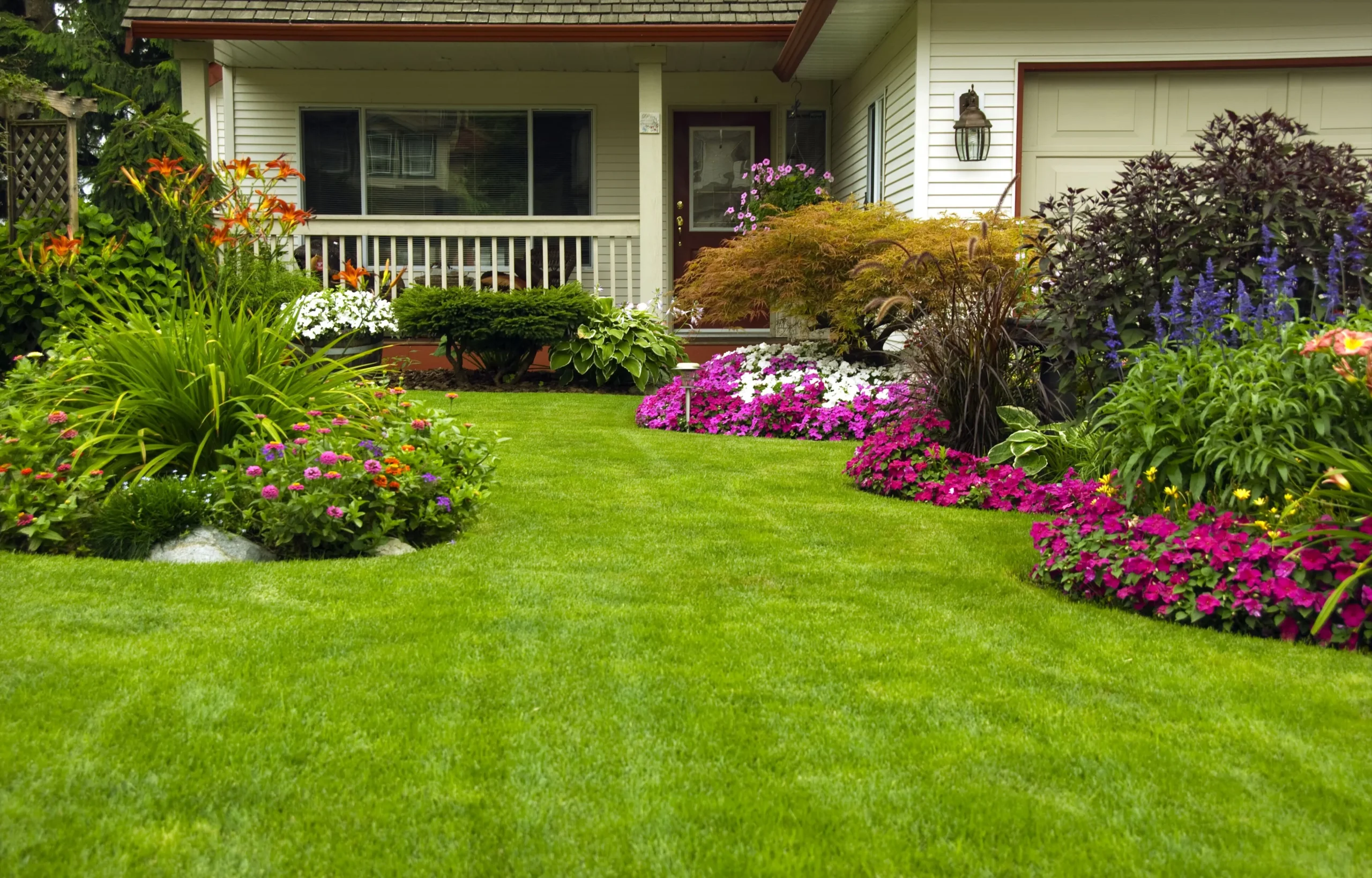Florida is famous for its beautiful landscapes, sunny weather, and lush green lawns. If you’ve ever admired a perfectly manicured lawn or wondered how to get that ideal yard for your home, you’re likely curious about the types of grass in Florida. Grass isn’t just grass; different types have unique characteristics that make them suited for specific purposes. Whether you’re planning a new lawn or just interested in learning more about the grass in Florida, this guide will help you understand your options.
Understanding Grass Types
Before diving into specific types, it’s essential to understand why different grasses are better for different areas. Florida’s climate is warm and humid, making it a great environment for many grass types, but not all grass will thrive equally. Factors such as sun exposure, water availability, and soil type can influence which type of grass is best for your lawn. Also read Types of Grass in Florida A Comprehensive Guide
St. Augustine Grass
St. Augustine grass is one of the most popular grass types in Florida. It’s known for its lush, dark green color and broad blades. This type of grass thrives in Florida’s warm climate and is perfect for creating a thick, carpet-like lawn.
Key Features:
- Shade Tolerance: St. Augustine grass is quite shade-tolerant, which makes it ideal for areas that receive partial sun.
- Water Needs: It needs regular watering but can handle dry spells better than some other types.
- Maintenance: It requires moderate maintenance, including regular mowing and fertilizing.
St. Augustine grass is excellent for homeowners who want a beautiful, dense lawn with minimal effort in shaded areas.
Bahia Grass
Bahia grass is another popular choice for Florida lawns. It’s a warm-season grass that is hardy and low-maintenance. Bahia grass has a coarser texture compared to St. Augustine but offers excellent drought resistance.
Key Features:
- Durability: Bahia grass is known for its durability and can handle heavy foot traffic.
- Sunlight: It thrives in full sun but can tolerate some shade.
- Maintenance: Requires less frequent mowing and fertilizing than some other types.
Bahia grass is ideal for those looking for a tough, low-maintenance lawn that can handle the Florida heat.
Bermuda Grass
Bermuda grass is a favorite for lawns, sports fields, and golf courses in Florida. It’s a fine-textured grass that grows densely and provides a lush green appearance.
Key Features:
- Sun Exposure: Bermuda grass requires plenty of sunlight to thrive and won’t do well in shaded areas.
- Water Requirements: It needs regular watering, especially during hot, dry periods.
- Maintenance: It requires regular mowing and occasional fertilization to keep it looking its best.
Bermuda grass is perfect for areas where a high-quality, dense lawn is desired, particularly in sunny spots.
Zoysia Grass
Zoysia grass is a versatile option for Florida lawns. It is known for its fine texture and dense growth. Zoysia is somewhat similar to Bermuda grass but has a few different characteristics.
Key Features:
- Shade Tolerance: Zoysia can tolerate light to moderate shade better than Bermuda grass.
- Water Needs: It has moderate water requirements and is somewhat drought-resistant.
- Maintenance: It grows slowly, which means less frequent mowing compared to some other grasses.
Zoysia grass is an excellent choice for those wanting a beautiful, lush lawn that doesn’t need constant mowing.
Centipede Grass
Centipede grass is a low-maintenance, warm-season grass that’s perfect for Florida’s climate. It’s known for its light green color and low growing height.
Key Features:
- Shade and Sun: It performs well in both sun and partial shade.
- Water Requirements: Centipede grass has low water needs, making it ideal for drought-prone areas.
- Maintenance: It requires minimal fertilization and mowing, making it a low-maintenance choice.
Centipede grass is perfect for homeowners who prefer a low-maintenance lawn with minimal care.
Carpet Grass
Carpet grass is not as common as some other types but is still used in certain areas of Florida. It’s named for its dense, carpet-like appearance.
Key Features:
- Sun and Shade: It grows well in both sunny and shaded areas.
- Water Needs: Carpet grass has moderate water needs and is not as drought-resistant as some other types.
- Maintenance: It requires regular mowing to keep it looking tidy.
Carpet grass can be a good choice for lawns that need to perform well in both sun and shade.
Choosing the Right Grass for Your Lawn
When selecting the type of grass for your Florida lawn, consider several factors:
- Sunlight: Determine how much sun or shade your lawn receives.
- Watering: Consider how much water you can provide.
- Maintenance: Think about how much time you want to spend maintaining your lawn.
- Usage: Consider how much foot traffic your lawn will see.
Each type of grass has its own set of advantages and best-use scenarios. Choosing the right one will depend on your specific needs and conditions.
Tips for Growing a Healthy Lawn
No matter which type of grass you choose, a healthy lawn requires proper care. Here are some general tips for maintaining a lush, green yard:
- Watering: Ensure your lawn gets enough water, especially during dry periods. Early morning is the best time to water to reduce evaporation.
- Mowing: Regular mowing helps keep your grass healthy. Avoid cutting more than one-third of the grass height at a time.
- Fertilizing: Use a suitable fertilizer to provide essential nutrients. Follow recommended application rates and schedules.
- Aeration: Aerate your lawn to reduce soil compaction and improve root growth.
Conclusion
Understanding the types of grass in Florida can help you create the perfect lawn for your home. From the lush St. Augustine grass to the hardy Bahia grass and the fine-textured Bermuda grass, each type offers unique benefits that cater to different needs and preferences. Whether you’re aiming for a high-maintenance, beautiful lawn or a low-maintenance, durable yard, there’s a grass type that fits your requirements. By choosing the right type and following proper care tips, you’ll be well on your way to enjoying a vibrant and healthy lawn.





